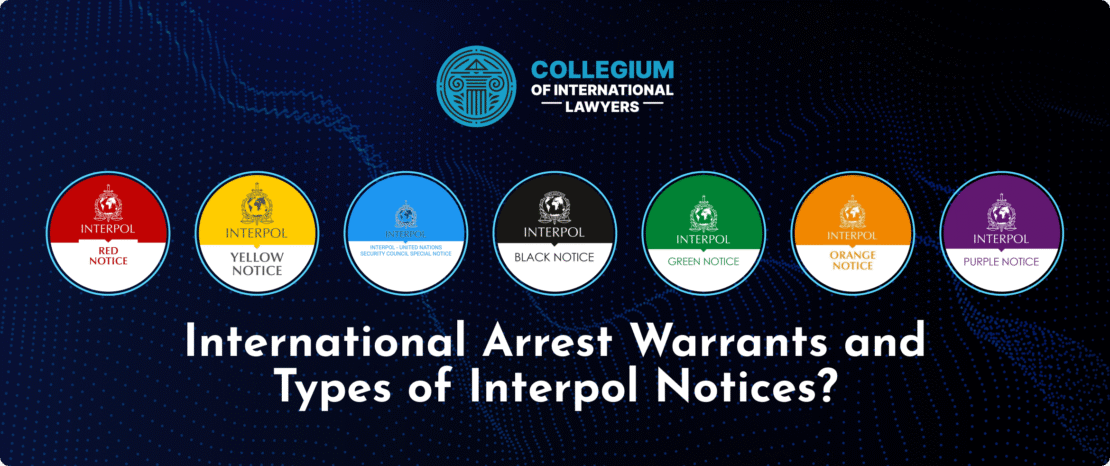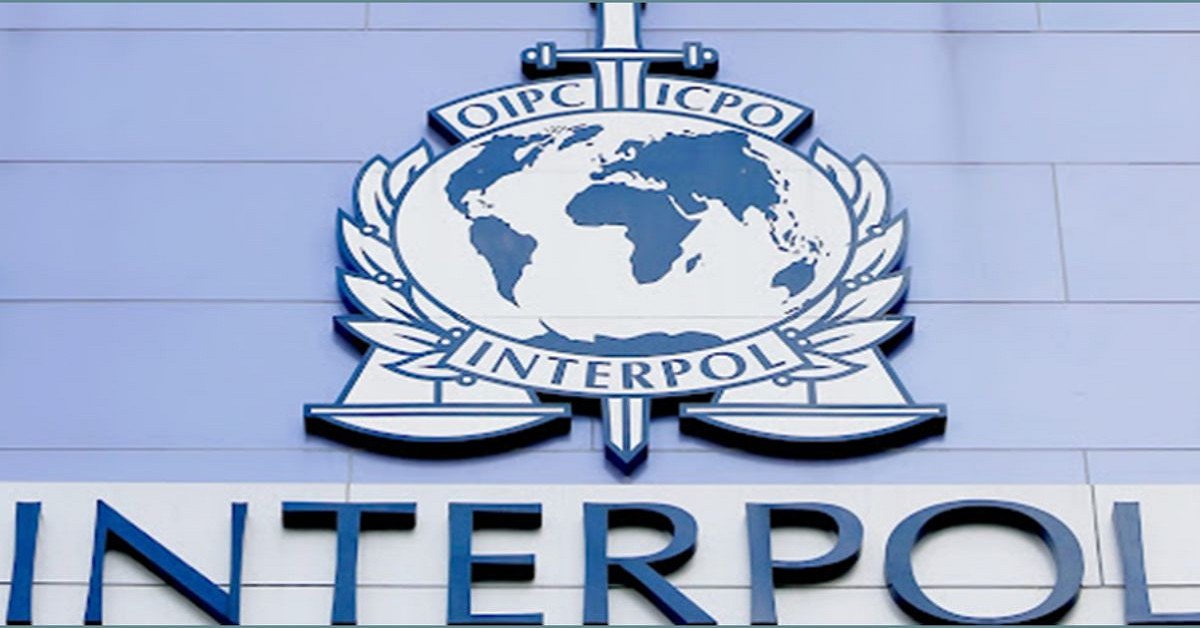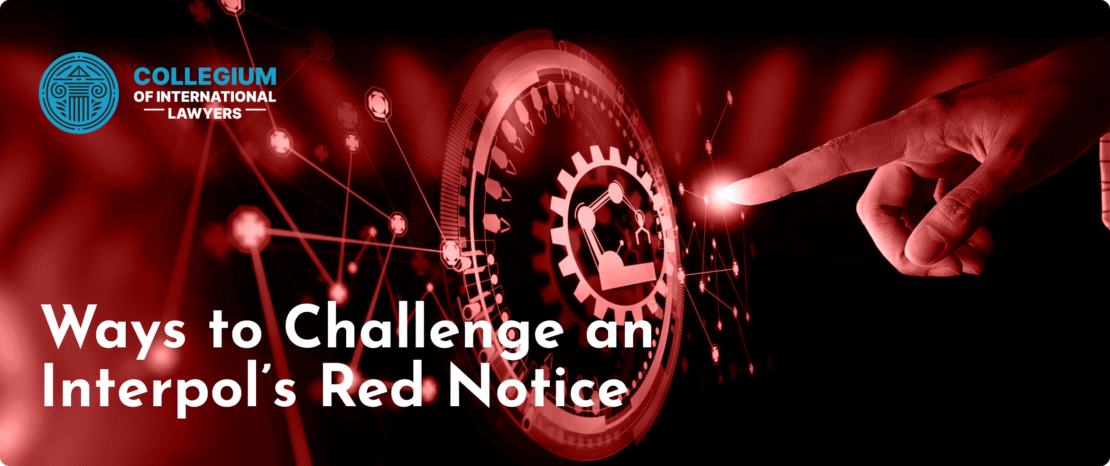
The Presidential Autopen Controversy: Implications and Insights
The presidential autopen controversy has sparked significant debate regarding the authenticity and accountability of executive actions in the United States. With the rise of technology, the use of autopen signatures—mechanical devices that replicate a person’s signature—has become a significant tool for presidents to manage their busy schedules. This article delves into the origins of the autopen, its usage in modern governance, and the multifaceted implications it poses, including presidential autopen controversy legal implications of autopen signatures.
What is an Autopen?
An autopen is a machine designed to replicate a person’s signature and is commonly used by individuals in positions of significant authority who receive a high volume of correspondence. Although the device’s technology has evolved over time, its primary purpose remains the same: to save time and ease the burden of signing numerous documents personally. The autopen allows presidents and other officials to maintain the appearance of personal touch while managing the logistical challenges of their roles.
Historical Context
The use of autopen technology dates back to the early 20th century, but its application in the presidential office became more pronounced during the presidency of Richard Nixon. As the demands of the office grew, Nixon’s reliance on the autopen marked a turning point, prompting discussions about the future of presidential signatures and their implications for executive accountability. Subsequent presidents have continued to utilize autopen technology, establishing it as a standard practice in the modern political landscape.
Current Usage in the White House

In recent years, the usage of autopen signatures has become increasingly prevalent among U.S. presidents. Autopenned documents range from legislative measures to formal greetings and acknowledgments, enabling presidents to streamline their workflow. However, this practice raises pressing questions about the authenticity of signed documents and the extent to which a president’s signature represents their personal engagement with the content.
The Controversy Surrounding Autopen Signatures
The controversy surrounding the autopen centers around the balance between efficiency and authenticity. Critics argue that allowing a machine to sign official documents undermines the significance of presidential actions and compromises the connection between the president and the public. In contrast, proponents assert that the demands of the office necessitate the use of technology to ensure that presidents can effectively govern while fulfilling a multitude of responsibilities.
Legal Implications
One of the main concerns associated with autopen signatures involves the legal validity of documents signed in this manner. While autopen signatures are generally accepted for many official purposes, the question arises: can an autopen signature carry the same weight as a handwritten signature for legal documents?

Courts and legal experts have yet to reach a consensus on this issue. Some argue that for certain types of documents, an automated signature could lead to complications regarding authenticity, intent, and approval. In contrast, others view the autopen as an acceptable means of maintaining the efficiency required in modern governance. Thus, the legal implications of autopen signatures remain a contentious area of exploration within legal frameworks.
Public Perception and Trust
The public’s perception of autopen signatures reflects broader sentiments about trust and transparency in government. As citizens grow increasingly aware of how technology can impact political processes, the use of autopen signatures might contribute to skepticism regarding the commitment of elected officials to their duties. The perception that a president is not personally signing important documents could diminish public confidence in their leadership.
Furthermore, the debate over autopen usage often intersects with broader discussions about accountability in public office. As technology continues to influence various facets of governance, fostering an environment where trust in leadership can flourish becomes more critical than ever. This connection speaks to a fundamental need for transparency that transcends political divides.
Conclusion
The presidential autopen controversy encapsulates a complex interplay between technological advancement and the enduring significance of presidential actions. While the autopen serves as a practical solution to the demands placed on modern leaders, it raises vital questions about authenticity, legal validity, and public trust. As we move forward in an increasingly digital world, navigating these challenges will be essential for upholding the integrity of presidential leadership and ensuring the trust of the American public in their government.